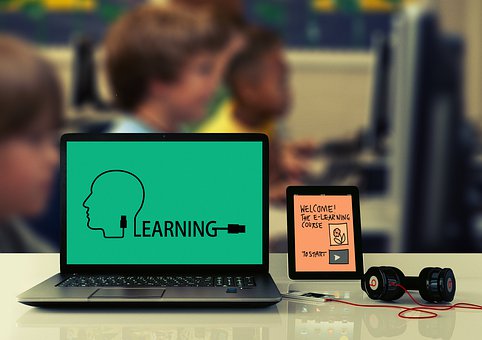
When information based learning is combined with digital technology, an E-Learning Ecosystem is developed.
In this E-learning Ecosystem teaching is based on information and communication technology. Simply saying, E-learning establishes a network for studying, utilizing full capabilities of this ecosystem.
Meantime, intercultural literacy is a need of the hour in today’s world of global interdependence.
Thus, many existing E-learning modules can be internationalized by using systematic information to suit the context and specific culture. Taking advantage of E-learning contents is a promising concept for intercultural communication and promoting intercultural Literacy.
Because E-Learning promotes learner-centeredness, it consists of diverse learning styles for learner’s need when it comes to time, content, place, learning resources, and delivery method. This ecosystem is further based on a concept of interactivity (communication, collaboration, and engagement).
Making a Web of Knowledge
Now obtaining knowledge and information of intercultural communication, no longer from a piece of paper, from images, sounds, and videos. This 3-dimensional approach enriches the experience of learning and also helps create a data repository.
This data repository will be then recompiled into a new knowledge system for intercultural communications.
Flexible Learning
Learning is no longer a rigid process of teachers imparting information and students passively consuming it, but a cognitive process by which students can learn from the new ecosystem using their own abilities and on their own pace too.
Learners have many choices of resources, faculties, tools and consulting material, thus are free to explore the ecosystem on their own. This will help learners collect large amounts of learning resources to enrich their own understanding.

E-learning can change our conventional methods of teaching and learning model and is an effective way for students to meet their needs. Diversity in this learning ecosystem will further help learners to gain insights about different aspects of the world around them.
Virtual learning
E-Learning is absolutely flipping the tables on the traditional model of classroom teaching and has expanded it beyond the physical space of schools. Students make use of computers and communication tools to create a virtual repository, classroom, community, and even a virtual country.
Students can go beyond their limits of the real world and utilize the ability of world of network. Virtual Ecosystem is not restricted to attributes of regulation and state any longer.
Education can be a tool to bring together different communities to pool their minds in an unrestricted ecosystem so that those who did not have those tools before can also benefit from those who have information to share.
Interactive Learning Platform
Traditionally; learning was teacher-centric, but this no longer serves the learner’s need, learners now want a customized or personalized method of learning. E-learning Ecosystem helps to establish a platform for educators and learners to interact in a manner that can help them all understand each other’s needs and help them provide more customized solutions for individuals.
E-learning Platforms helps individuals to put their views out. This creates a transparent culture within the education community.
These platforms are great for people from different cultural background to come together in a more open environment and encourage sharing of knowledge
